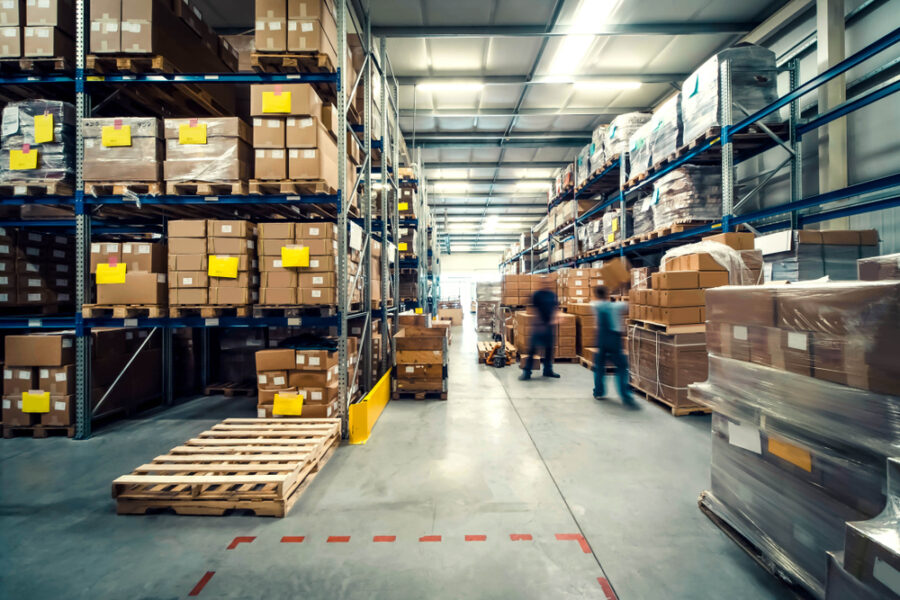Analysing and increasing the efficiency of supply chain processes
Abels & Kemmner has many years of experience with the constraint analysis of supply chain processes. Our experienced consultants ensure the quality of the analyses and concepts and put the findings into practice.

Constraint analysis along the value chain
Readiness to deliver
Increasing the willingness to deliver to the customer
Inventory turnover rates
Increasing inventory turnover rates
Lead times
Reduction of throughput times in production
Reject rate
Increasing quality and reducing reject rates
Transparency
Resolving bottlenecks and increasing transparency
Situation
Supply chains represent a network of machines, materials, logistics, processes, methods, customers, suppliers, employees and business rules whose interaction is often intransparent and always complex and whose results often do not meet expectations or requirements.
But how can efficiency be increased and how can key weak points be identified?
Solutions
The result of the constraint analysis is a so-called reality tree, which, like a circuit diagram, shows the cause-and-effect network between recognised symptoms and the underlying root causes.
Based on the constraint analysis, we develop action plans to increase efficiency and implement them together with you.
They represent the bottlenecks in the technical-organisational system that slow down the performance of the overall system. These bottlenecks are eliminated.
Efficiency analysis and improvement using constraint analysis

Constraint analysis is like a spotlight in the fog of supply chain complexity. It precisely highlights the bottlenecks that inhibit efficiency and offers clear ways to sustainably increase performance and reduce costs.
Armin Klüttgen
We use constraint analysis to untangle the complex web of your processes and identify the key factors that limit your success. It is a decisive step towards not only solving problems, but turning them into opportunities for optimisation and growth.
Dirk Ungerechts
